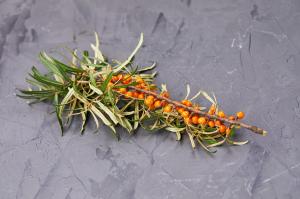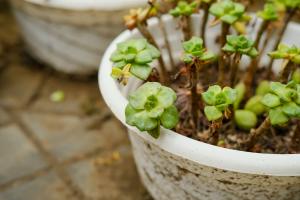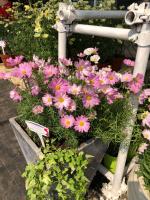Is Ivy a Good Indoor Plant?
If you're looking for a plant that is easy to care for and adds a touch of greenery to your indoor space, ivy is definitely worth considering. However, before you rush out to buy a pot of ivy, it's important to evaluate whether it's a good fit for your particular environment and lifestyle. In this article, we'll take a closer look at ivy as an indoor plant and examine some of its benefits and drawbacks.
The Benefits of Ivy as an Indoor Plant
One of the biggest advantages of ivy is its ability to purify the air. NASA conducted a study that found ivy to be one of the most effective plants at removing volatile organic compounds (VOCs) from the air, including chemicals like benzene, formaldehyde, and trichloroethylene that are commonly found in household products like cleaning solutions and furniture.
Ivy is also a great choice for those who don't have a lot of experience with houseplants or who don't have a lot of time to spend on plant care. Ivy is a hardy plant that can tolerate a wide range of conditions, including low light, fluctuating temperatures, and infrequent watering. As long as you give it a little bit of attention every once in a while, it's likely to thrive.
The Drawbacks of Ivy as an Indoor Plant
While ivy has many benefits, it's important to be aware of its drawbacks as well. One of the biggest challenges of growing ivy indoors is keeping it under control. Ivy is a vine plant that can quickly take over your space if you're not careful. It's important to prune it regularly to prevent it from becoming too tall or wide, and to keep it from damaging your walls and furniture.
Another consideration is that ivy can be toxic to pets. If you have dogs or cats in your home, you'll need to keep your ivy out of reach to prevent them from chewing on the leaves, which can cause vomiting, diarrhea, and other symptoms.
Tips for Growing Ivy Indoors
If you decide that ivy is a good fit for your indoor space, here are a few tips to help you get started:
Choose a well-draining pot with a saucer to catch excess water.
Plant your ivy in a mixture of potting soil and perlite or vermiculite to ensure good drainage.
Place your ivy in a spot with bright, indirect light, such as near a window. Avoid direct sunlight, which can scorch the leaves.
Water your ivy when the top inch of soil feels dry to the touch. Avoid overwatering, which can lead to root rot.
Prune your ivy regularly to prevent it from becoming too large or overgrown.
The Bottom Line
Ivy can be a great choice for those looking for an easy-to-care-for plant that can help purify the air in their indoor environment. However, it's important to be aware of its potential drawbacks, including its ability to become invasive and its toxicity to pets. If you decide that ivy is the right fit for you, follow these tips to ensure that your plant thrives and adds beauty to your space.

 how many times do yo...
how many times do yo... how many planted tre...
how many planted tre... how many pine trees ...
how many pine trees ... how many pecan trees...
how many pecan trees... how many plants comp...
how many plants comp... how many plants can ...
how many plants can ... how many plants and ...
how many plants and ... how many pepper plan...
how many pepper plan...

































